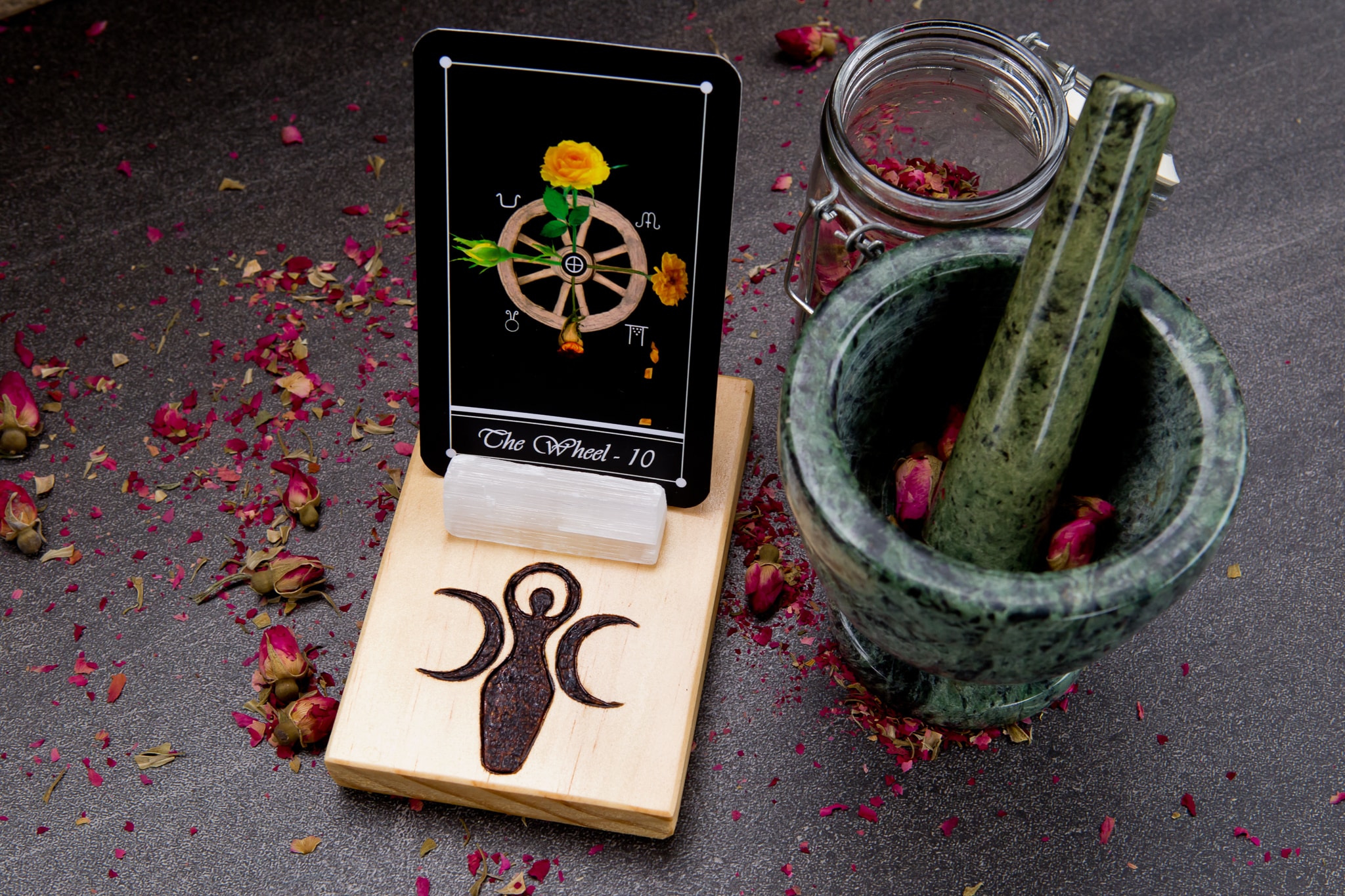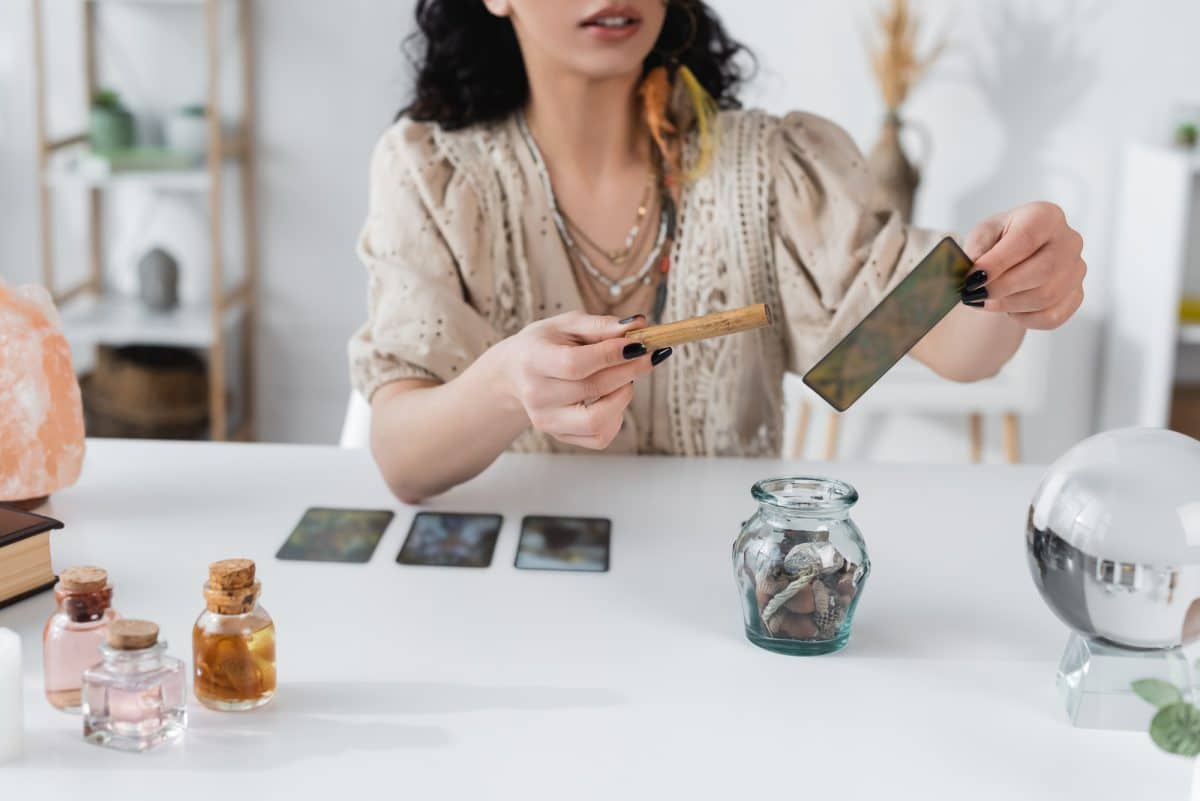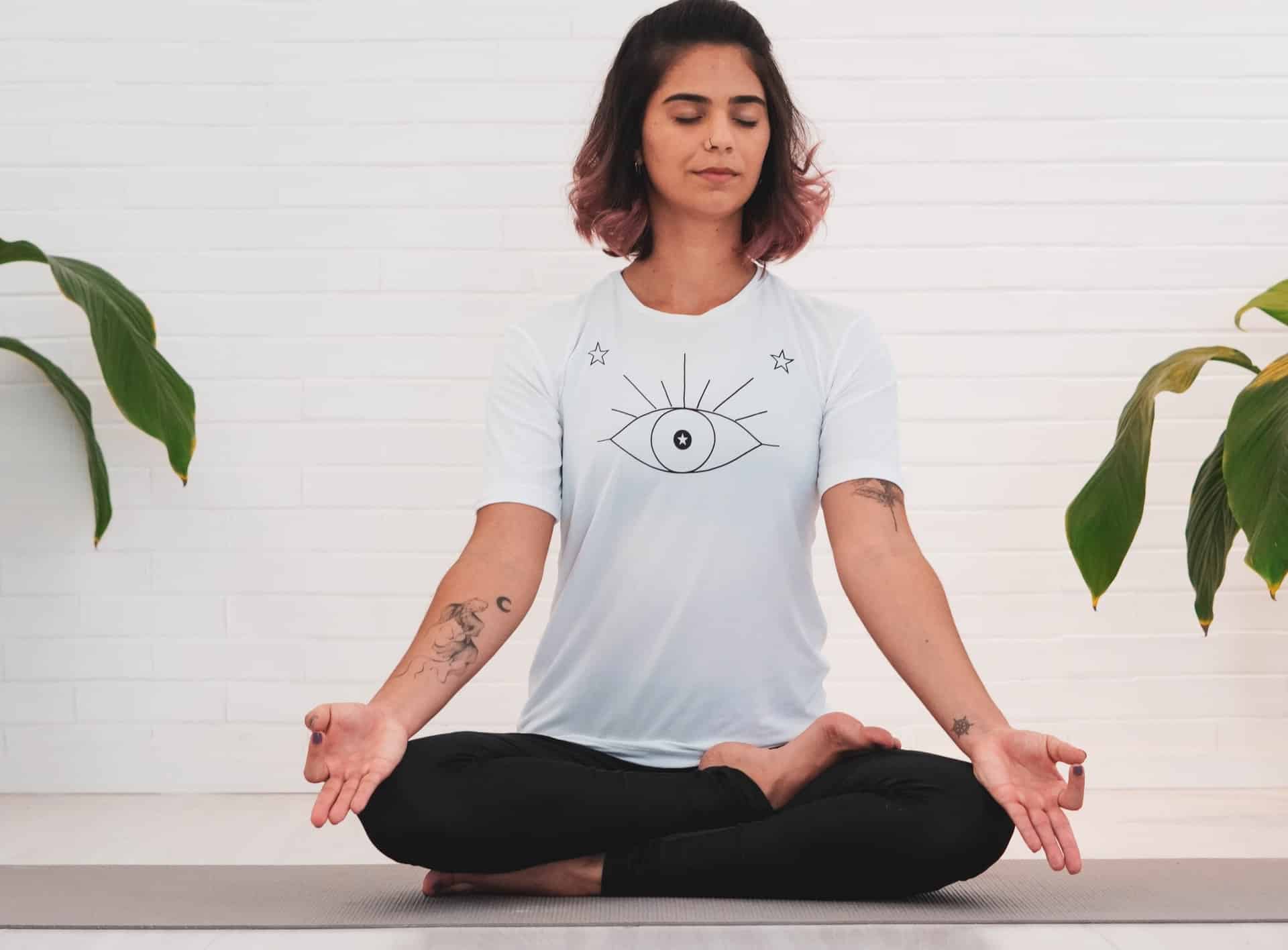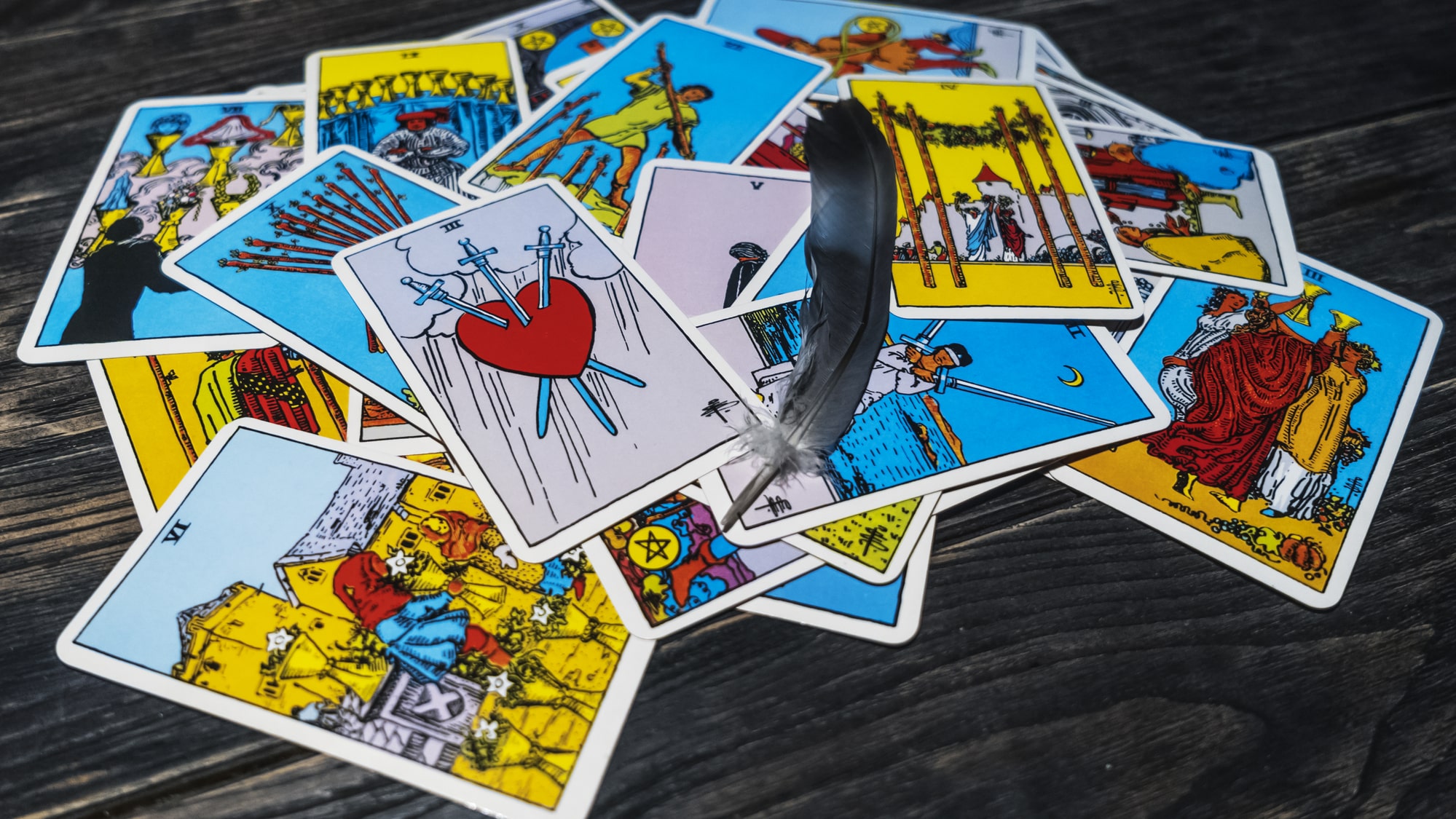What Is Bohemian?
“I think my style is more Bohemian than anything.” I told a friend once.
And she laughed at me.
She laughed at me!
“What?” You’re not Bohemian.
Hmmmm.
Yes. I am.
And I was.
But here’s the thing, many people mistake the Bohemian vibe with something they see on Instagram.
They think it’s all loose, flowing floral dresses, long, wavy tresses, and pale pink lipstick.
Add a nice Stetson hat, and you’ve got your boho chic chick.
Yea no. That’s not me.
I’m much more leggings and long cozy sweaters with tall fluffy boots in the winter and shorts and tank tops with flip flops in the summer.
What can I say? I’m a California girl through and through.
But I stand by my original statement, whether my friend wants to laugh or not.
And here’s the thing: Bohemianism is not a single style of dress or decor. It is a whole vibe, and that vibe has a huge range.
I also call myself a witch.
Can I be a Bohemian witch, laughing friend?
Why yes. Yes, I can.
Let me tell you why.
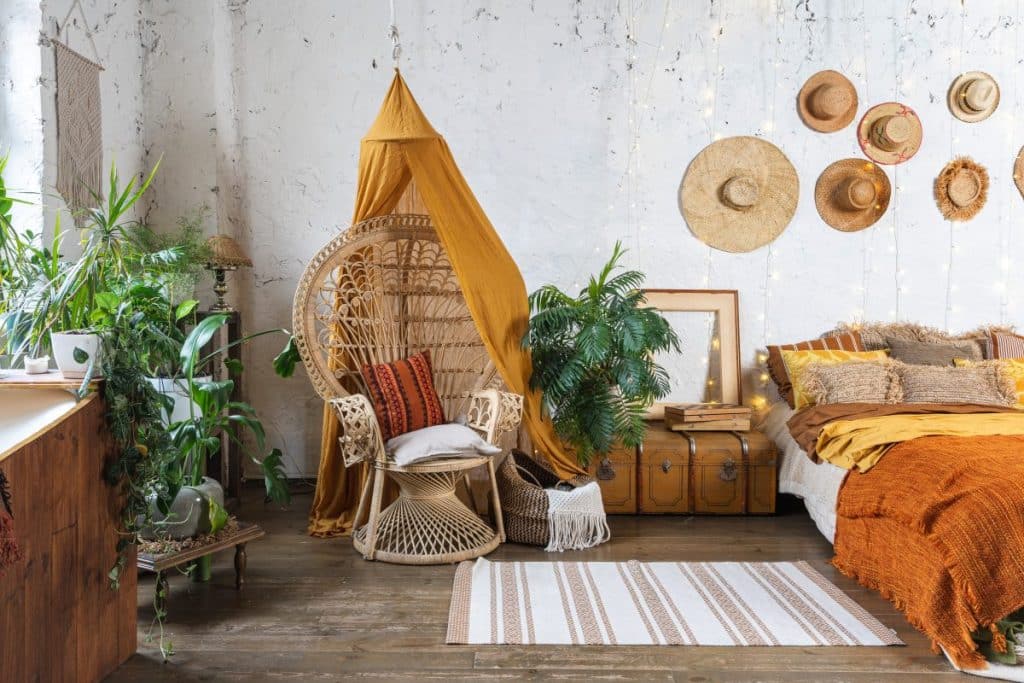
Table of Contents
What Is Bohemian?
Let’s begin at the beginning.
The term Bohemian actually comes from a place, Bohemia, that was once located in Europe, and which is now part of the Czech Republic.
The term was used in the 1800s to describe the Gypsy Romani people who came from Bohemia.
The Gypsy Romani were originally from the Punjab region of northern India, and they were a nomadic people, traveling throughout Europe beginning around 250 BCE and along the way intermingling with European people so that in the end they have become an Indo-Aryan ethnic group living across Europe in a sort of diaspora.
The term “Gypsy” was given to the Romani people when they first began migrating because the Europeans thought they were from Egypt.
It has come to reference those people who are nomadic as a means of survival; the Gypsy Romani were largely banned from purchasing land, so they began to travel throughout Europe, selling merchandise in rural areas distant from shops, providing services to people who otherwise could not get them.
They also established festivals and began to develop a reputation as fortune tellers and healers with psychic powers.
The Gypsy Romani
Today, the Gypsy Romani make up the largest minority group in Europe with 11 million members.
The term Bohemian came into fashion in 1800s to describe those Gypsy Romani who hailed from that region and were interested in the arts, literature, and spiritual pursuits.
They were seen as eccentric, socially unconventional, wanderers, and adventurers.
These traits were highly praised at the time and many other artists and writers as well as spiritual people in general adopted the style and vibe of the Bohemians.
In the 1960s during the cultural revolution both here in the United States and in Europe, the term picked up favor again as young people once again turned to the arts and literature, found themselves caught up in wanderlust and leaving the conventional modes of society behind.
Today, Bohemianism is much more associated with decor and style than it is necessarily a whole vibe.
Which is why my friend laughed at me.
At heart, I am a Bohemian through and through.
I travel, I write, I go on adventures, and I’m a total free spirit unschooling mom living on the side of a mountain in the Pacific Northwest.
You don’t get more Bohemian than that.
But I guess my lack of flowing dresses and tresses gets a laugh.
What Is Bohemian Style?
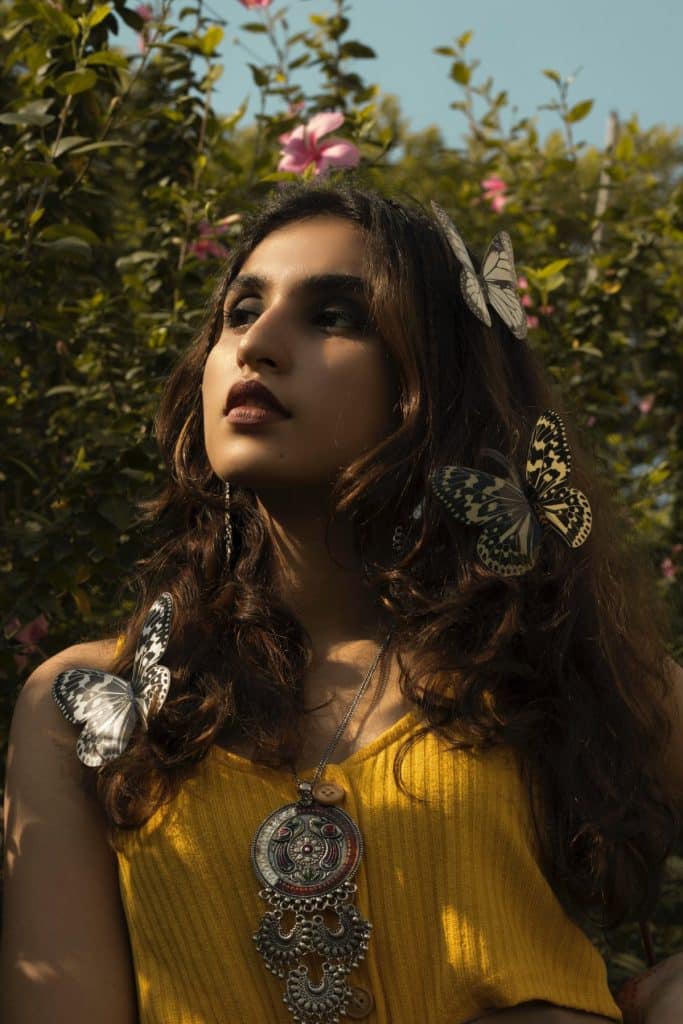
I referenced the Bohemian style a bit above, and in general that is what you will see.
Long flowing locks on women, long flowing dresses with floral prints, fringed jackets, boots or leather sandals.
You’ll see lots of natural fabrics, retro patterns, neutrals and warms shades mixed with statement colors like turquoise, bright oranges, or dark purples.
You may also see lots of feathers and beads, long shoulder handbags, and hats galore.
What is interesting, considering the history, is that today Bohemian style really is a blend of Western and Indian styles, merging 2000 years of history into one fashion statement.
Pretty cool.
What Is Bohemian Decor?
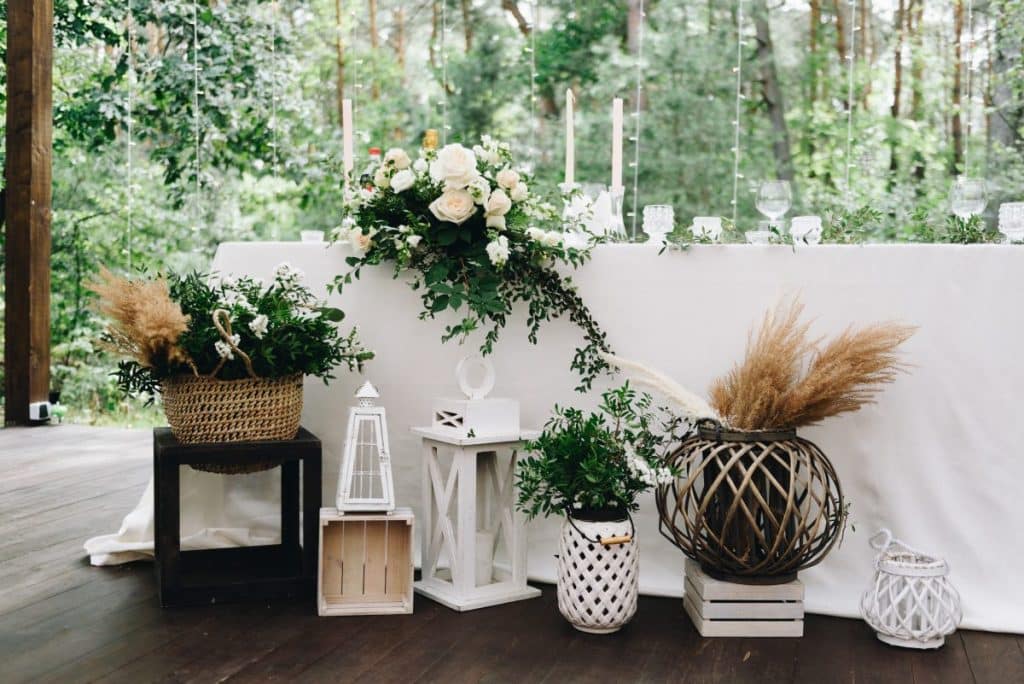
At home, Bohemian decor will typically be an eclectic mix of fabrics and tones, textures and layers.
If you consider yourself a free spirit, you want to show that off in your home.
Boho decor is carefree, full of life, culture, and interesting items from your wanderings and your travels.
It has no rigid guidelines or structure like minimalism or even modern rustic.
It will mix patterns with neutrals, blend colors, and add surprising pops of boldness in either shapes or colors.
In general, you will see a lot of earthy tones alongside metallics and jewel tones. The combination of styles and colors is what makes Boho what it is.
Another thing you’ll see a lot of is plants, hanging plants, large plants on the floor, potted plants of all sizes on all surfaces. And those pots will have wild and interesting patterns.
The focus, of course, in style and decor, in items and in color, is on nature, keeping your inside mimicking the outside world in interesting ways.
It’s not a mess.
It’s not chaos.
It is organized wildness.
It should feel interesting yet calming, with low lighting and comfortable, well-loved pieces of furniture.
Be bold in your design choices when going Bohemian.
You can be both laid back and glamorous at the same time, after all.
What Is a Bohemian Witch?
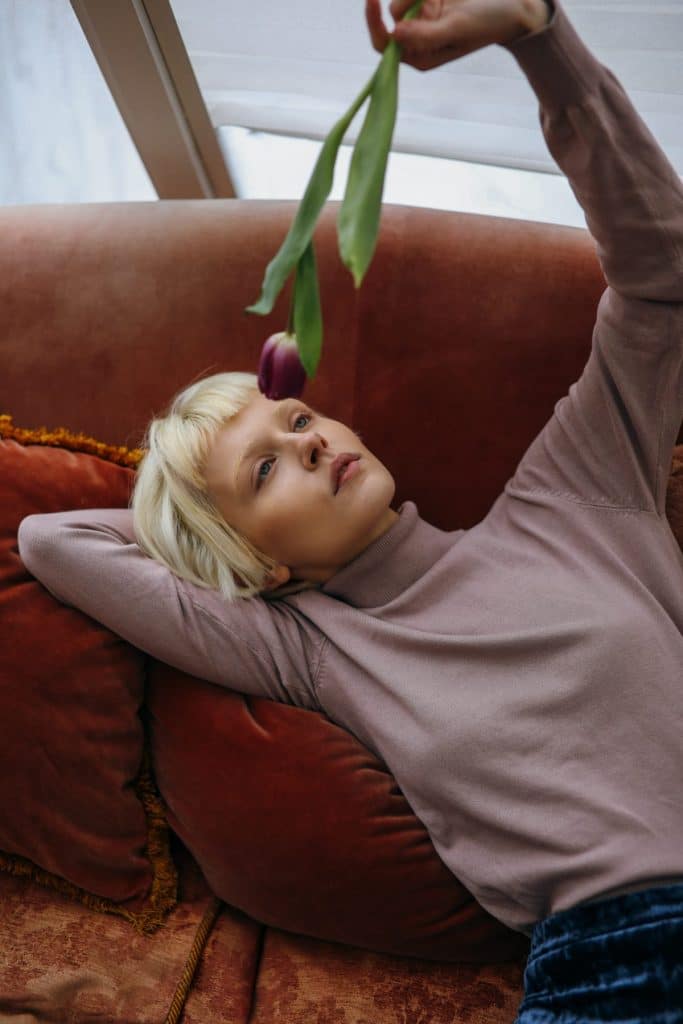
A Bohemian witch, then, is kind of a redundancy, isn’t it?
The Gypsy Romani, after all, are their own kinds of witches, with a history of intense psychic powers and fortune telling, they would have been given the title witch whether they liked it or not.
The author of the book Witch, Lisa Lister, is a descendant of the Gypsy Romani and describes quite well what it means to be a Bohemian witch.
Most of all, it means to be a woman in her power.
Lister has written several books and articles on embracing our divine feminine, enjoying sexual pleasure, getting to know our bodies, and basically taking back from the patriarchy our sense of autonomy and comfortability in just how powerful we are.
We Bohemian witches are women interested in the arts, literature, music, and travel, and we throw ourselves passionately into our interests.
We like to commune with others who share similar interests, and we have trouble shutting ourselves up or shutting ourselves down.
I would posit that if more women sat with themselves and really let themselves be who they are, we would have far more Bohemian witches among us than we do now.
We have spent centuries if not millennia telling women to settle down, to sit down, to shut up, and to obey.
And now we have entered the age of Aquarius, the time of the female, and one by one we are waking up.
You don’t have to be Gypsy Romani to be a Bohemian witch.
You just have to be a lover of life and a practitioner of practical magic, meaning you embrace the laws of the Universe, you work with the law of attraction, and you stand in your power without apology.
Seems simple, right?
It really is.
Cultural Appropriation Concerns

Now, it is important to finish this piece with a note on cultural appropriation as many people love to jump up and down over whether we are using the right terms and expressions.
Look, cultural appropriation occurs when a style or practice is taken from a historically oppressed culture without giving credit to the culture from which it comes.
Language changes with time, and the word Bohemian has lost much of its roots in the Gypsy Romani culture and now reflects anyone with a passion for the arts who has a free spirit and wanderlust.
I do not claim to be Gypsy Romani, though, who knows, maybe I am.
But claiming to be part of such a wonderful group of adventurers and vagabonds does no one any harm, particularly not the people who originally owned the term as it was never used in a derogatory way, as the term Gypsy has been.
We are now part of a time where we will have to own our identities in fearless ways, step out into new ways of thinking and moving through society.
Each one of us gets to decide for ourselves who we are, and while we certainly can accept criticism for the language we use or the decisions we make, we also have to trust ourselves to be guided by our intuition and our higher consciousness.
To tap into the deep love of the Universe that is always there for us.
If that is not a Bohemian approach to life, I don’t know what it is, and it truly is in keeping with the spirit of the nomadic wandering people who never really felt at home in any place, but also in every place, as long as they had each other.
Happy manifesting!

